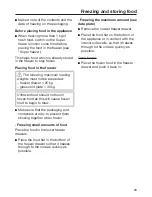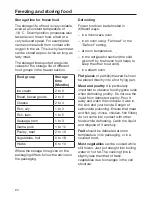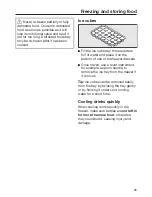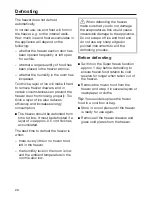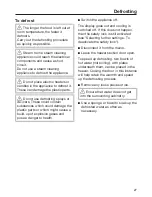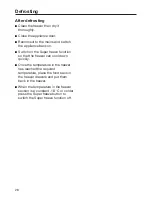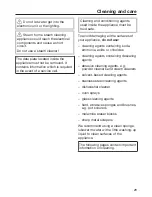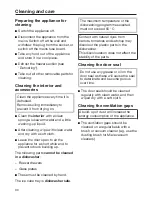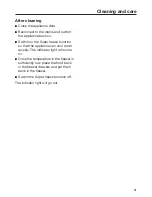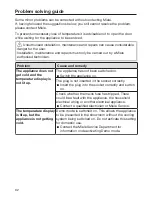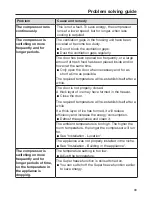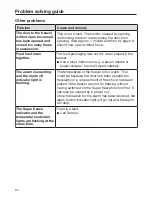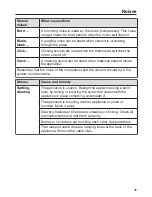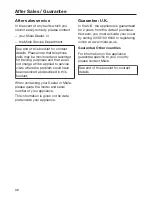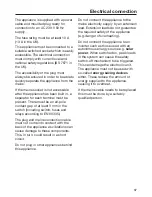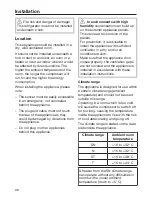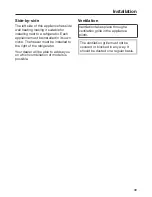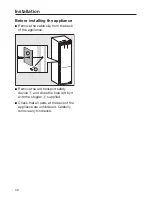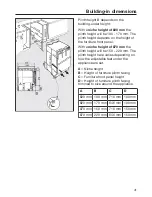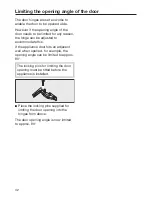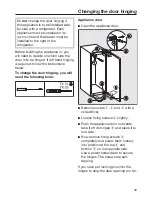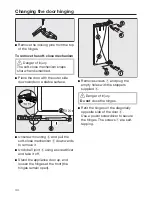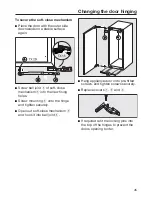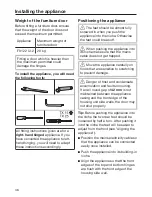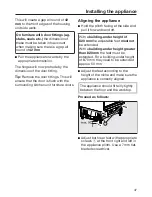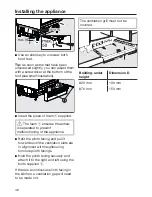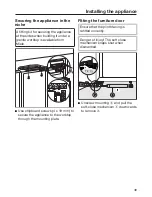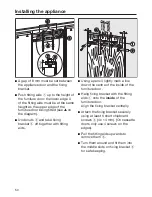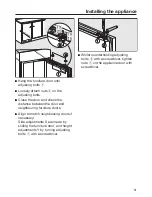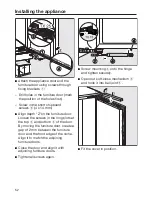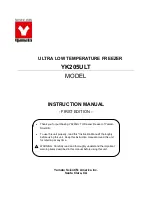
Electrical connection
37
The appliance is supplied with a power
cable and moulded plug ready for
connection to an AC 230 V 50 Hz
supply.
The fuse rating must be at least 10 A
(13 A in the UK).
This appliance must be connected to a
suitable switched socket which is easily
accessible. The electrical connection
must comply with current local and
national safety regulations (BS 7671 in
the UK).
The accessibility of the plug must
always be ensured in order to be able to
quickly separate the appliance from the
mains.
If the mains socket is not accessible
after the appliance has been built in, a
separator for each terminal must be
present. There must be an all-pole
contact gap of at least 3 mm in the
switch (including switch, fuses and
relays according to EN 60335).
The plug and mains connection cable
must not come into contact with the
back of the appliance as vibrations can
cause damage to these components.
This, in turn, could result in a short
circuit.
Do not plug in other appliances behind
this appliance.
Do not connect the appliance to the
mains electricity supply by an extension
lead. Extension leads do not guarantee
the required safety of the appliance
(e.g. danger of overheating).
Do not connect the appliance to an
inverter such as those used with an
autonomous energy source e.g.
solar
power
. When switched on, peak loads
in the system can cause the safety
switch-off mechanism to be triggered.
This can damage the electronic unit.
The appliance must not be used with
so-called
energy-saving devices
either. These reduce the amount of
energy supplied to the appliance,
causing it to overheat.
If the mains cable needs to be replaced
this must be done by a suitably
qualified person.
Summary of Contents for F9122Ui-2
Page 54: ......

